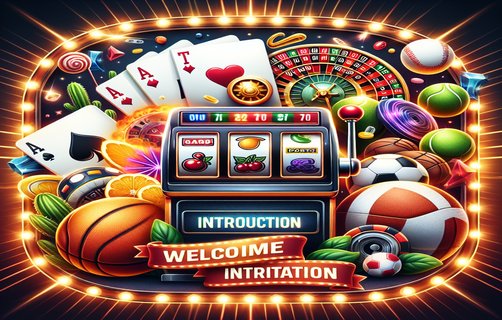Comprehensive Analysis of Modern Casino Engagement Strategies and Risks
Introduction

The gaming industry has evolved significantly with the integration of technology, leading to sophisticated customer engagement strategies and heightened concerns over security. This paper explores multiple dimensions of contemporary gambling experiences, including credit card usage, slot strategies, special events, over-under bets, immersive gameplay, customer service response times, and the impact of various scandals on consumer trust.
Credit Card Casino Dynamics
Credit cards have become a primary method of transaction within casinos, reflecting convenience but also raising concerns over financial safety. The analysis begins by assessing the mechanisms of credit card transactions at casinos. Factors such as transaction fees, reward programs, and responsible gaming measures are significant. Casinos leverage credit card partnerships to offer promotions, incentivizing gamblers and enhancing retention rates. However, this integration also invites scrutiny from regulatory bodies regarding consumer protection and financial transparency.
Slot Strategy
Slots remain one of the most popular forms of gambling; hence, understanding slot strategy is essential for players and casinos alike. Successful strategies often revolve around player psychology, with casinos designing machines to keep players engaged longer. Algorithms determine the odds and payouts, while themes, sounds, and visual effects enhance the immersive experience. The interplay of random number generators (RNG) and player tactics creates a complex ecosystem that warrants in-depth analysis to optimize both the player experience and casino profitability.
Special Events and Promotions
Special events, including tournaments and themed nights, are pivotal in drawing crowds. These events often feature unique gambling formats, celebrity appearances, or festive atmospheres, promoting greater engagement. Data from past events provides insights into effective marketing strategies. Casinos use targeted promotions, leveraging social media and email campaigns to maximize turnout. Measuring event success relies on metrics such as attendance, revenue generated, and post-event customer feedback, which collectively inform future strategies.
Over-Under Bets: A Popular Betting Strategy
The emergence of over-under bets has transformed sports gambling. This analysis segment dissects the mechanics of over-under betting as a strategic option for gamblers. The focus is on understanding the odds calculations and how bettors can leverage statistical data to make informed decisions. Furthermore, awareness of gambler psychology and the influence of public sentiments on betting patterns add layers to understanding its popularity and risks involved.
Immersive Gameplay as a Competitive Edge

Immersive gameplay experiences are rapidly gaining traction, with technology enhancing how players interact with games. From virtual reality to live dealer platforms, the goal is to create a captivating atmosphere that mimics real-life experiences. Analyzing player interaction with these technologies reveals opportunities for casinos to enhance customer engagement and loyalty. The balance between technological advancement and maintaining traditional gaming elements is critical for strategic planning.
Customer Service Response Time
In a competitive marketplace, customer service plays an integral role in shaping player satisfaction. Response times, whether for inquiries, complaints, or resolution of issues, are critical metrics. The analysis emphasizes the reliance on technology, such as chatbots and AI tools, in improving efficiency and satisfaction rates. Implementing effective customer feedback mechanisms ensures a continuous loop of improvement, ultimately fostering a loyal customer base.
Casino Cheating Scandals and Their Impact
Despite rigorous regulations, cheating scandals continue to plague the gaming industry, undermining consumer trust. Historically impactful cases reveal vulnerabilities in security measures employed by casinos. Analyzing these incidents through a risk management lens offers valuable lessons in strengthening transparency and protecting consumer interests. Implementing robust security protocols and enhancing monitoring systems are essential for restoring confidence among players.
Conclusion
The intersection of technology, strategic gameplay, customer experience, and security presents both opportunities and challenges for casinos in a dynamic market. As the gaming landscape continues to evolve, a multi-faceted approach toward analysis and understanding will enable stakeholders to navigate complexities effectively, optimize strategies, and ensure sustainable growth.
